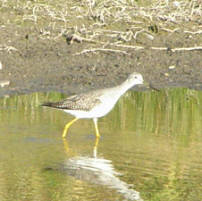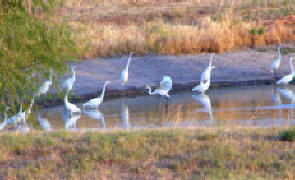


Having Fun With Nature
Attracting Birds
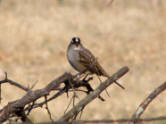

| Butterflies |
Copyright © Red Gate Farm 2012. All rights reserved.
Like all creatures, birds need the four necessities of life: Food , Water , Shelter , and Space . But, depending on the bird, the requirements differ slightly.
Food
Some birds prefer millet seed, some sunflower seed, and Finches prefer thistle seed. We take the "shotgun" approach: we have several different feeders with different feed.
We use platform, suet, and standard hanging feeders. Of course, suet goes in the suet feeder. we but a "wildbird seed mix" in the standard feeder, and Black Oil Sunflower seed in the platform feeders.
Of course, we also have plants that provide berries and other fruit for the birds. For best results, use plants native to your area. The resident birds will be familiar with the food source.
Nest Box
Tips
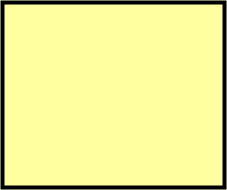
Clean-Clean-Clean
To prevent disease, it is important that you keep bird feeders, watering stations, and nest boxes clean.
Spraying inside nest boxes with a 10% solution of bleach (9 parts water, 1 part bleach) after cleaning will sanitize them.
Brewer's Blackbirds (and others)
at a Hanging Feeder
Male Cardinal at a Platform Feeder
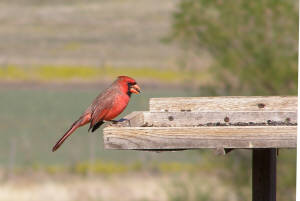

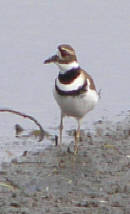

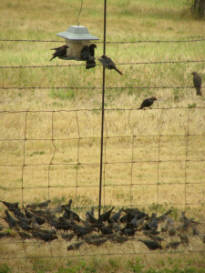

Watering Station
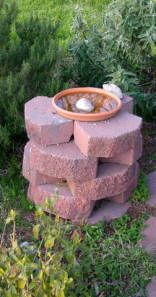

Ashe Junipers
Birds are very good at finding shelter . Your trick is to put the shelter where you can watch the birds.
The easiest shelter is one that already exists. If you have evergreen trees, odds are that the birds know about them also. These Ashe Junipers also provide berries to feed the birds.
Brush Pile
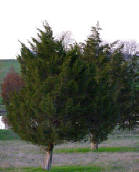


Killdeer
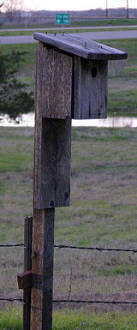


Water
We collect rainwater for the birds. If you use tap water, let it stand for 24 hours to let the chemicals dissipate.
Be sure to check your water supplies at least twice a day, more in the summer. It's amazing how much water the birds can drink (and splash).
Cedar Waxwing
Probably the most common type of bird shelter is the nest box. But, you can't just put a box out and expect it to get residents, although that can happen also.
Specific birds have requirements about the height of the entrance, location (near brush, grassy fields, etc.), and size. The booklet, Providing for Backyard Wildlife has plans for building nest boxes, where to place them, and how high the entrance ahould be. And, since not all birds are cavity nesters, it also has plans for nesting platforms.
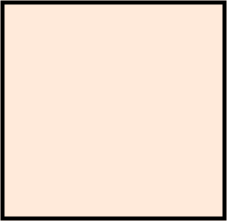
Helping Science
Cornell Lab of Ornithology has many "citizen science" programs ranging from counting birds at your feeders to monitoring nest boxes. Many of the programs are free.
Enrolling in these programs not only helps researchers understand birds better, you actually enjoy your bird watching more.
Great Egrets
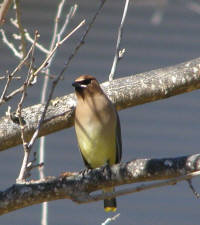

If you provide the habitat, the biords will reward you with many hours of enjoyment. Your yard becomes something more than a "yard" and is transformed into a "community of wildlife".
That's a pretty nice thing..
Yellow-legs
